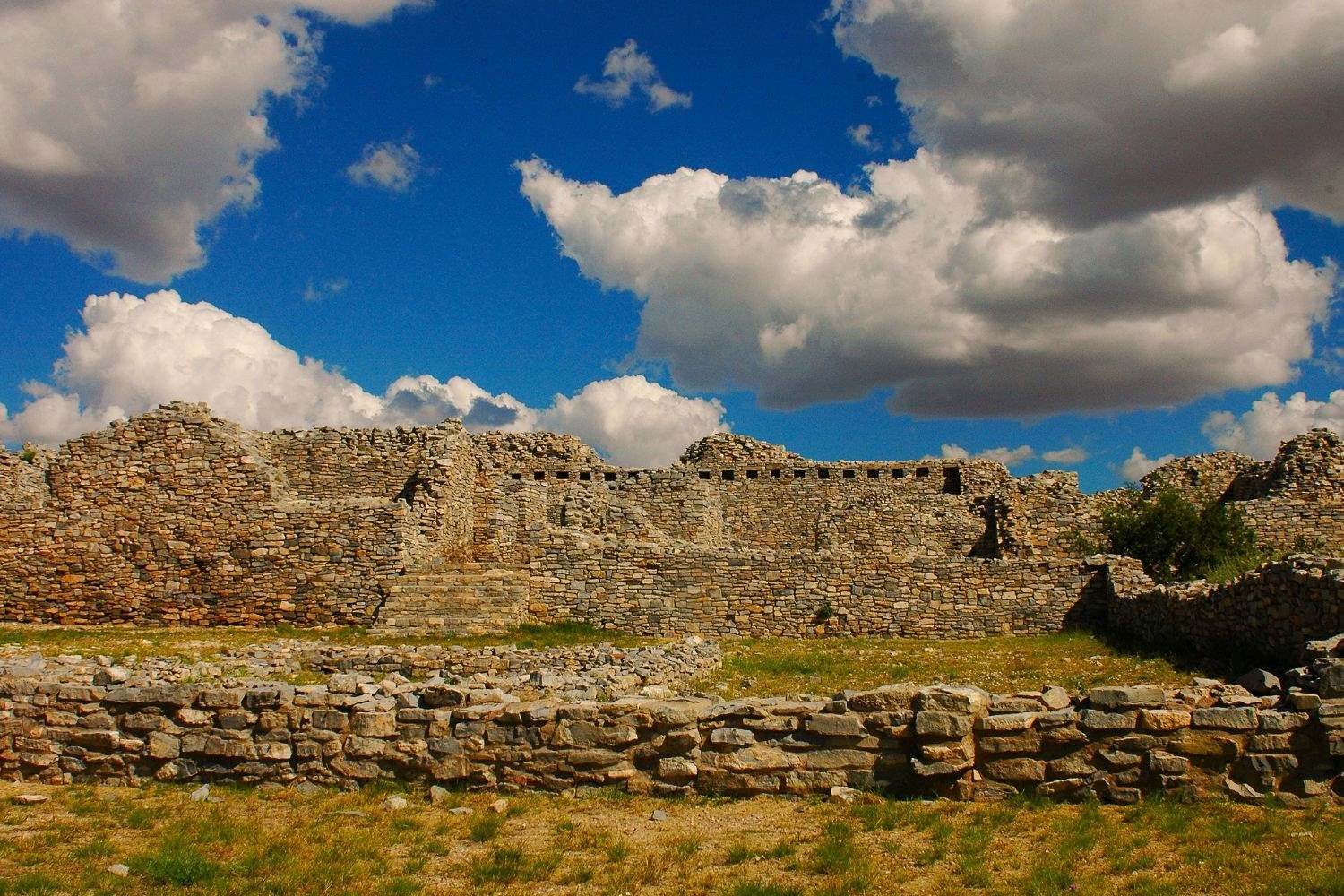Lost Trading Routes Of New Mexico’s Salt Trail

Imagine walking paths where ancient traders once traveled, carrying precious goods across vast landscapes. New Mexico's Salt Trail is one such historic route. This path, used by Native Americans and early settlers, was vital for transporting salt, a resource as valuable as gold in its time. The trail winds through stunning desert scenery, offering glimpses into the past. Today, exploring this trail means stepping back in time, feeling the echoes of those who walked before. Whether you're a history buff or nature lover, this journey offers a unique blend of culture and natural beauty. Discover the stories hidden in the rocks and sands, and let your imagination wander through the tales of trade and travel. As you walk, think about the significance of salt and how it shaped the lives of those who depended on it. This trail is more than a path; it's a link to a rich history waiting to be rediscovered.
Tracing the Ancient Pathways
New Mexico's Salt Trail is a fascinating journey through history. This ancient trade route was once bustling with activity as Native American tribes and early settlers transported precious salt across the region. Today, you can still follow parts of this historic trail and experience the rich cultural heritage it offers. Let's explore some key locations along this legendary path.
1. Salinas Pueblo Missions National Monument
Salinas Pueblo Missions National Monument is a great starting point for understanding the Salt Trail's significance. This site preserves the ruins of three Spanish missions and the ancient pueblos of the Salinas Valley. Walking among these remnants, you can imagine the vibrant communities that once thrived here, trading salt and other goods.
2. Abo Ruins
Abo Ruins, part of the Salinas Pueblo Missions, offers a glimpse into the past with its impressive stone structures. This site was a major trading hub where salt was exchanged for pottery, textiles, and other items. The surrounding landscape provides a stunning backdrop for exploring these ancient ruins.
3. Gran Quivira
Gran Quivira, another section of the Salinas Pueblo Missions, is known for its large pueblo and mission ruins. This area was a vital part of the Salt Trail, with traders passing through to exchange goods. The expansive views from this site give a sense of the vast distances traders once traveled.
4. Manzano Mountains
The Manzano Mountains played a crucial role in the Salt Trail's history. These mountains provided a natural barrier and a source of fresh water for travelers. Hiking through this rugged terrain, you can appreciate the challenges faced by those who journeyed along the trail.
5. Estancia Valley
Estancia Valley was a key stop along the Salt Trail, known for its salt flats. These flats were a valuable resource, providing the essential mineral for trade. Today, visitors can explore the valley's unique landscape and learn about its historical importance.
6. El Malpais National Monument
El Malpais National Monument offers a different perspective on the Salt Trail. This area is characterized by its volcanic landscapes and unique geological formations. The rugged terrain posed challenges for traders, but it also provided opportunities for exploration and discovery.
7. Zuni Pueblo
Zuni Pueblo is one of the oldest continuously inhabited communities in the United States. It was an important trading partner along the Salt Trail, exchanging salt for turquoise, pottery, and other goods. Visiting Zuni Pueblo allows you to experience the vibrant culture and traditions that have endured for centuries.
8. El Morro National Monument
El Morro National Monument is a historic landmark along the Salt Trail. Known for its massive sandstone bluff, it served as a resting place for travelers. The inscriptions carved into the rock tell stories of those who passed through, leaving their mark on history.
9. Acoma Pueblo
Acoma Pueblo, also known as Sky City, is perched atop a mesa and offers breathtaking views of the surrounding landscape. This ancient pueblo was a significant trading center along the Salt Trail, where salt was exchanged for goods from distant regions. Exploring Acoma Pueblo provides insight into the enduring legacy of this historic trade route.
Rediscovering New Mexico's Hidden Pathways
New Mexico's Salt Trail offers a fascinating glimpse into the past. This ancient route, once bustling with traders, is a testament to the region's rich history. Walking these paths today, you can almost hear the echoes of those who traveled before. The trail not only served as a vital trade route but also connected diverse cultures and communities. Exploring it provides insight into the resourcefulness and resilience of early inhabitants. The landscape, with its rugged beauty, tells stories of survival and cooperation. For history buffs and adventure seekers alike, the Salt Trail is a journey through time. It reminds us of the importance of preserving these historical routes for future generations. As you wander along this trail, you connect with a piece of history that shaped the region. New Mexico's Salt Trail is more than just a path; it's a bridge to the past.

